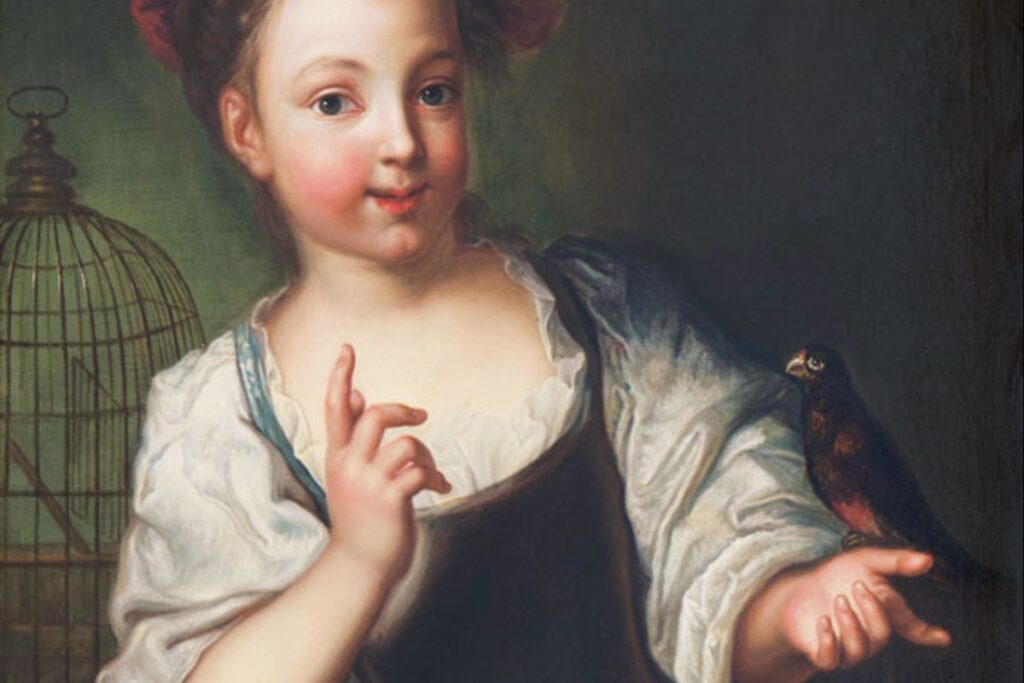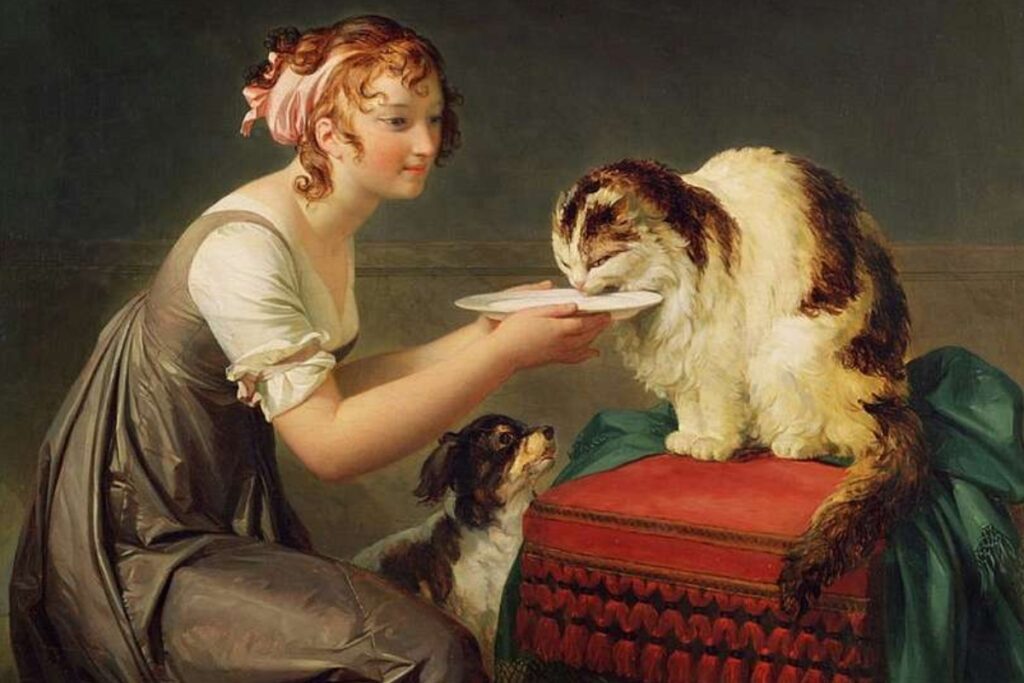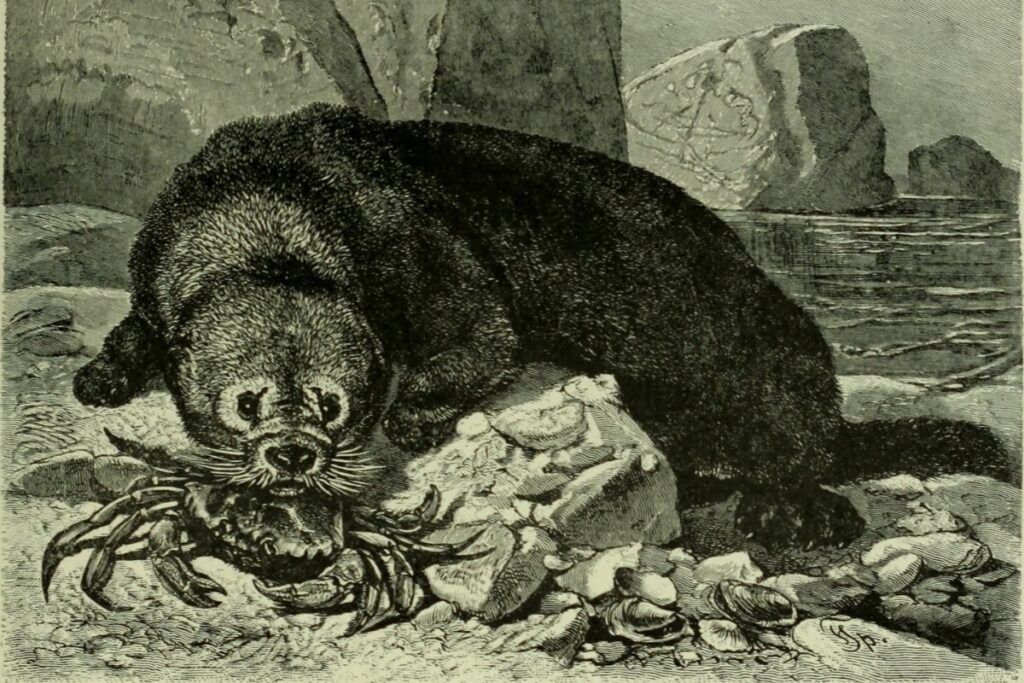
In colonial America, pets were more than ornamental; they served essential functions that suited the needs of their owners and their communities. From pest control to companionship, these animals were integrated into daily life in unique ways. Here are ten fascinating animals that were kept as pets in colonial times and the ways they enriched and supported life in early America.
1. Dogs: Guardians and Hunters

Dogs held a central place in many colonial homes, valued for their loyalty, protective instincts, and hunting skills. Often tasked with safeguarding the homestead, dogs would alert families to strangers and keep an eye out for potential threats. Hunting dogs, prized among wealthier settlers, wore special collars and were trained for specific tasks like tracking or retrieving. Meanwhile, many Indigenous communities, who had domesticated dogs long before colonists arrived, depended on them for hunting and even transportation. In this era of constant challenges, dogs were indispensable.
2. Squirrels: Pets for Young Colonists

Squirrels were popular with colonial children, who enjoyed the creatures’ energetic antics. Capturing young squirrels from nests, children would raise and care for them, training them to perch on their shoulders or follow simple commands. Markets in larger towns sometimes sold squirrels as pets, and tinsmiths created special cages with small exercise wheels for them. Despite their playful nature, squirrels often proved troublesome with their inclination to chew on household items like clothes and furniture. Still, these furry rodents brought amusement to young colonists and added some wild charm to early American homes.
3. Birds: Colorful and Melodic

Birds, especially species with colorful feathers or pleasant songs, were cherished additions to many colonial households. Cardinals, mockingbirds, and other songbirds were popular for their beauty and lively presence. Women and children sometimes attempted to train birds to mimic sample tunes using small flutes called flageolets, hoping to duet with their feathered friends. Though most birds never quite mastered the melodies, their songs still added a happy soundtrack to the household. They were often housed in decorative cages, from which their songs uplifted spirits at a time when leisure was rare.
4. Cats: Skilled Hunters and Beloved Companions

Initially brought into colonial homes primarily to control mice and rat populations, cats gradually won favor as companions over time. It was critical to keep pantries and storage areas pest-free, and many households relied on cats and their hunting skills for this practical service. As sentiments shifted in the 18th century, people began appreciating cats for their personalities, giving them a more visible role within the family. By the American Revolution, cats had evolved from mere workers to beloved members of the household, often depicted alongside dogs in family portraits.
5. Deer: Only for the Wealthy

Among upper-class families, keeping a deer as a pet was a mark of status and taste, adding an element of nature’s elegance to private gardens and estates. Some families went as far as to train deer to follow them and would often adorn them with collars, allowing them to wander freely on their grounds. Deer became popular with the gentry, with one Virginian estate reportedly housing over a hundred tamed deer. These graceful animals provided a sense of refined beauty, making them one of the more unusual additions to the homes of the colonial elite.
6. Otters: Unconventional Fishermen

While uncommon, otters were occasionally kept and trained by colonists to assist in fishing, capitalizing on their natural agility and swimming skills. Trained otters would catch fish and bring them back to their owners, making fishing considerably faster and more productive. These clever creatures were particularly valued near rivers and lakes where fishing was a significant part of daily life. Although otters required significant attention to train and maintain as pets, they proved helpful for those able to do so. They stand out as one of the more innovative animal companions from colonial America.
7. Horses: Essential for Work and Travel

Horses were truly indispensable to colonial life, serving a variety of roles, from workhorses on farms to elegant mounts for travel and social occasions. Essential for moving across rugged terrain, horses enabled communication and commerce between settlements—an absolute necessity in the expanding colonies. Wealthier families often owned “pleasure horses” for recreational riding, while others depended on sturdy draft horses to plot fields and transport goods. These animals formed deep bonds with their owners, and their adaptability made them indispensable in virtually every aspect of colonial expansion and survival.
8. Raccoons: Curious Companions

Though a somewhat unusual choice, raccoons intrigued some colonial families with their intelligence and agile paws. Known for their curiosity, raccoons sometimes wandered into farms and homesteads, where they charmed some colonists into taking them in. Their natural tendency to steal food and rummage through belongings often led to mishaps, but some settlers still found these animals amusing and enjoyed observing their behaviors. For those willing to accept the challenges, raccoons proved an endless source of entertainment, making them particularly popular among young boys seeking amusement.
9. Lambs: Gentle Friends for Girls

Lambs were especially popular among young colonial girls, who appreciated their soft wool and gentle demeanor. Often seen adorned with ribbons, lambs brought comfort, joy, and companionship to children—not only as pets but also as an educational experience. Girls would spend hours tending to them, learning early lessons about care and responsibility. Portraits from this period sometimes depict young girls with lambs, capturing the affectionate relationship and symbolizing their innocence and tenderness.
10. Snakes: Exotic Pets for the Daring

For those with a taste for the unusual, snakes were a captivating and exotic addition to the colonial pet collection. Some young boys caught small, harmless snakes from nearby woods, finding their movements and patterns fascinating. While not universally popular, snakes were sometimes kept to control pests and insects around the home. These reptiles appealed to the curiosity of adventurous settlers and added an element of novelty to early American life, proving that colonists were open to diverse and unexpected animal companions.
Stay connected with us for more stories like this! Follow us to get the latest updates or hit the Follow button at the top of this article, and let us know what you think by leaving your feedback below. We’d love to hear from you!







